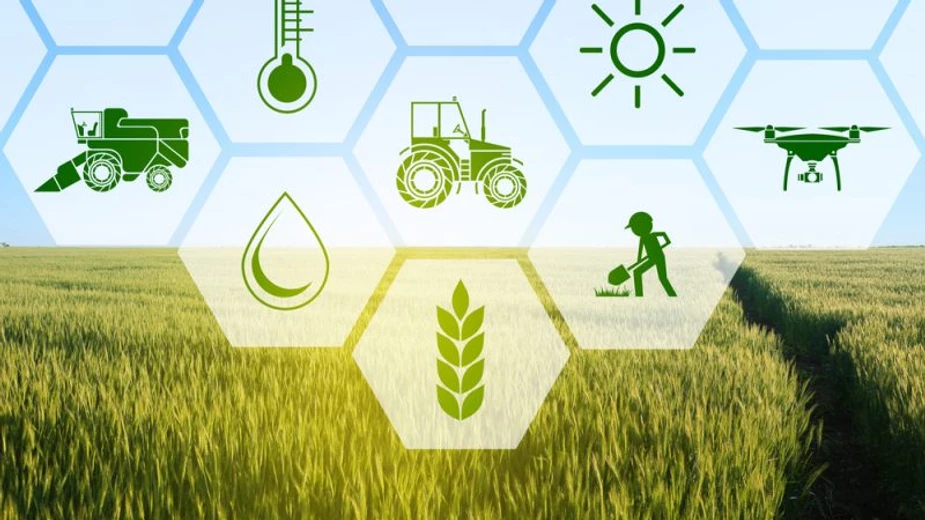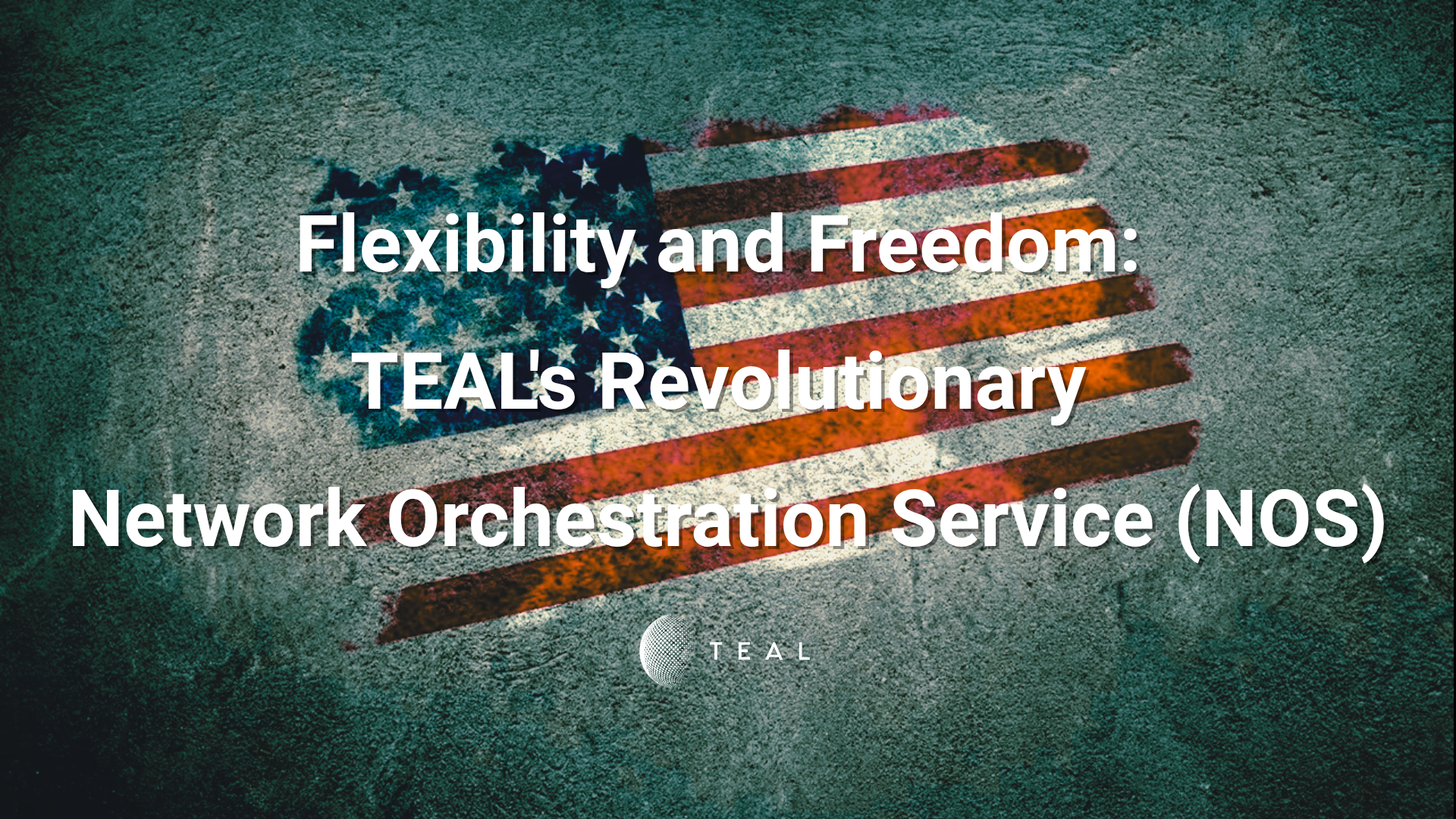IoT and The AgTech Revolution

The history of agriculture began around 11,500 years ago when nascent farmers began planting wild grains. In the Middle Ages, agriculture transformed dramatically with improved techniques and the diffusion of crops. During the British Agriculture Revolution in the 17th centurty, advancements in irrigation, crop rotation, and fertilizers pushed the boundaries of what was possible, and contributed to a steep rise in the global population.
Given its long history, the agriculture industry has been slower than others to adopt new technologies and techniques. But, today, we’re experiencing a revolution in the agriculture space, driven largely by connected machines, sensors, and big data.
Straight from the front-lines, a seventh-generation Indiana farmer described the AgTech revolution this way:
“A Midwestern crop farmer has 40 opportunities in his lifetime to produce a crop. If we fail, we risk losing it all. So we typically haven’t wanted to experiment with new ways of farming. But, in the past few years, this mindset has changed. Now my son uses new technology to set up 800 field trials while he sits in the office. The equipment takes care of the rest. Come fall, we can measure all these trials and decide how we should spend our money. This is what has revolutionized the industry—the ability to fail in small ways more frequently and to understand where we can win.”
You might be asking yourself, how do the Internet of Things and the AgTech revolution play out in the real world? Many farmers that have adapted to these new technologies utilize connected “things” like sensors, drones, robots, and autonomous equipment. The goal is to transform the big data captured by these machines into actionable insights, which in turn allows farmers to operate “smarter,” leading to higher revenues, lower costs, and increased margins.
Connectivity between devices is foundational to capturing this data, however many companies struggle with finding a cost-effective and reliable solution that works in rural areas around the world. Further, most cellular solutions do not provide customers with an option that is designed for a full range of AgTech use cases because they rely on single-carrier agreements that do not consistently work in rural areas.
That’s why Teal built a solution that is uniquely able to (1) seamlessly and intelligently switch between multiple cellular networks within a given geography while (2) working on virtually any cellular network in the world. This allows farmers and those in the agriculture industry to ensure devices always stay connected, capturing critical data that is used to make smarter real-world decisions.
For more information on how to leverage Teal’s eSIM technology for the AgTech revolution, please reach out to Scott@tealcommunications.com.
Recent Posts
Empowering Freedom, Independence, and Control Through TEAL’s Network Orchestration Service (NOS)
Teal Communications Staff2025-07-03T16:40:46+00:00
Unlocking the Potential of Network Orchestration
Teal Communications Staff2025-07-02T20:45:42+00:00
New Podcast! Space and Air Supremacy: The Role of Drones in Modern Warfare
Teal Communications Staff2025-06-25T20:15:23+00:00




